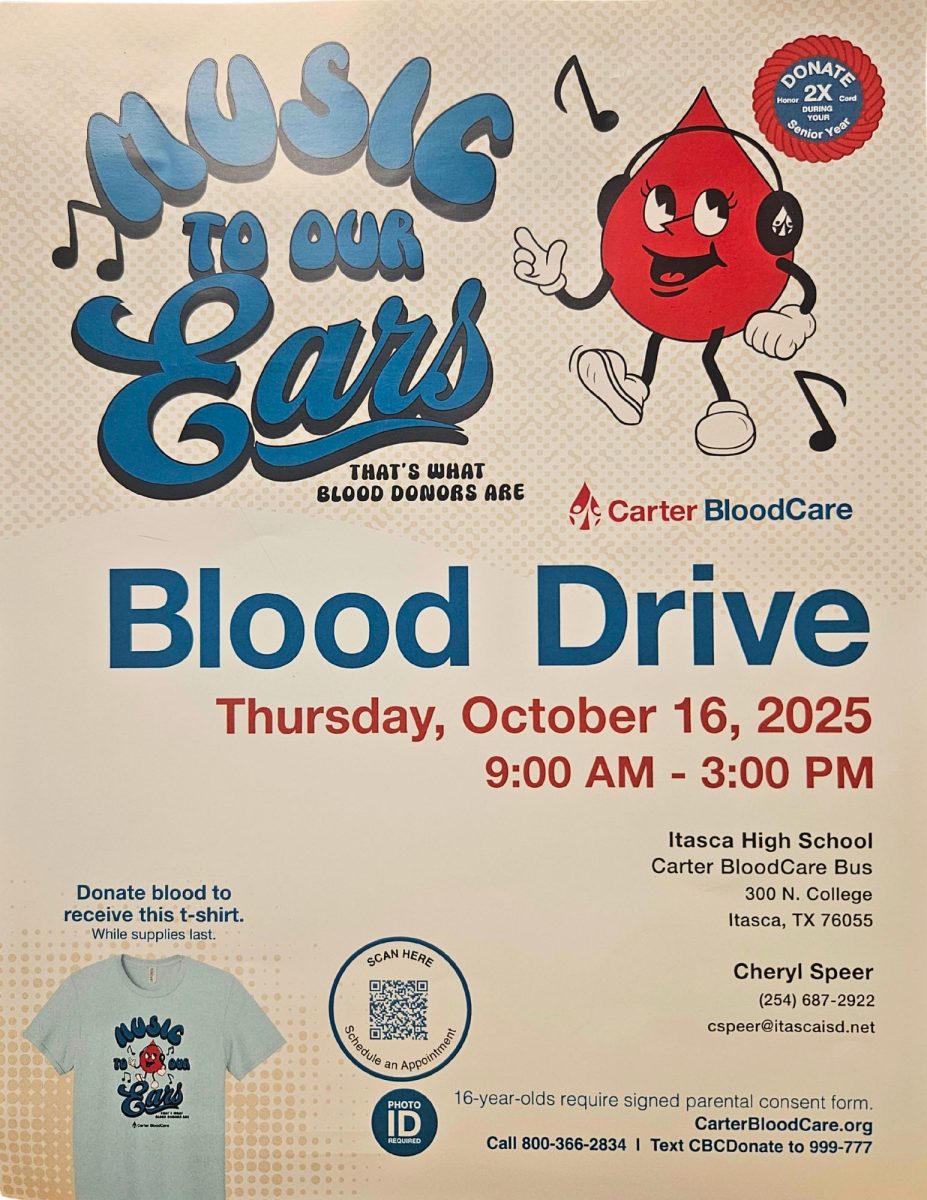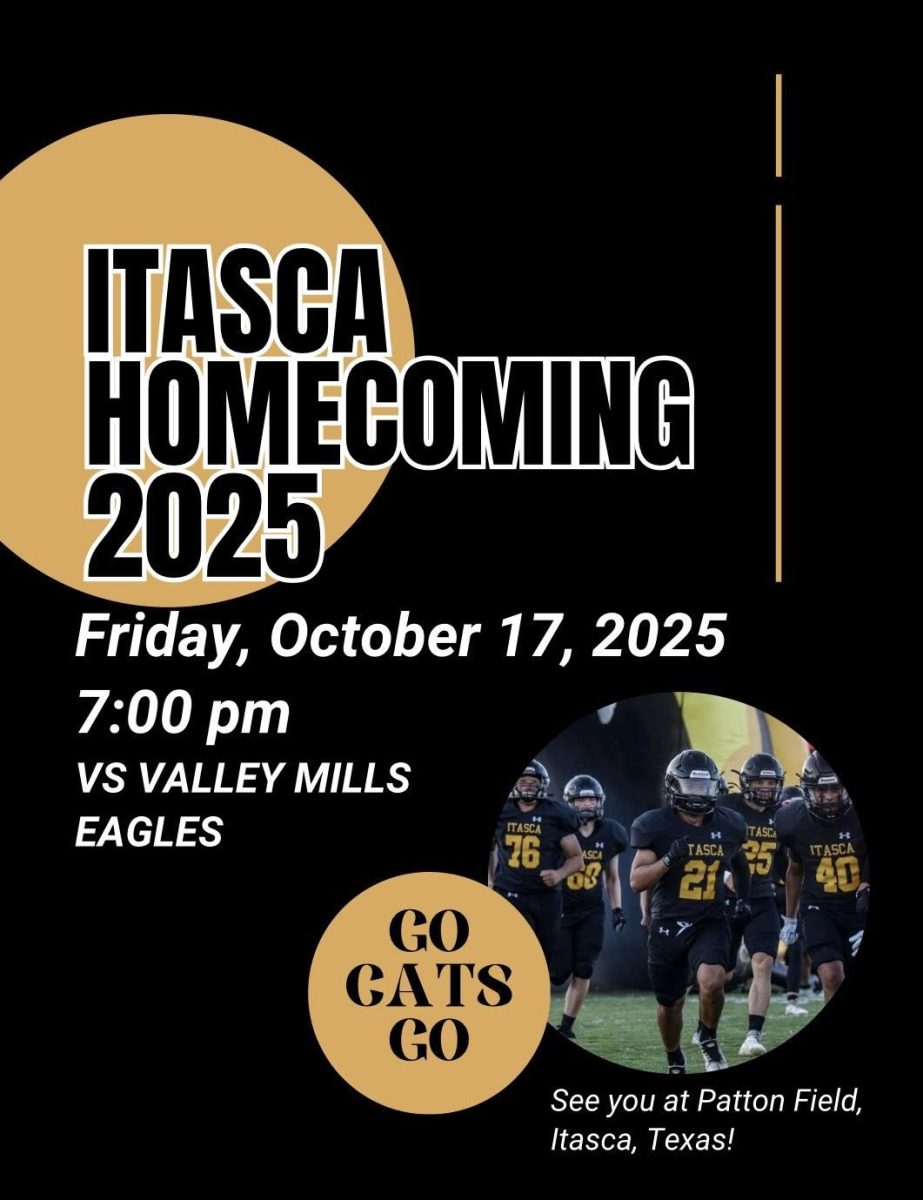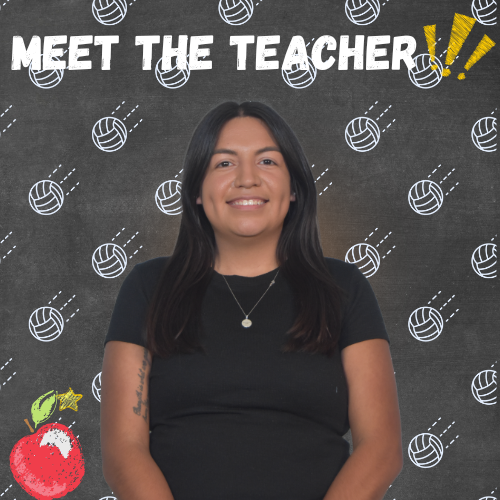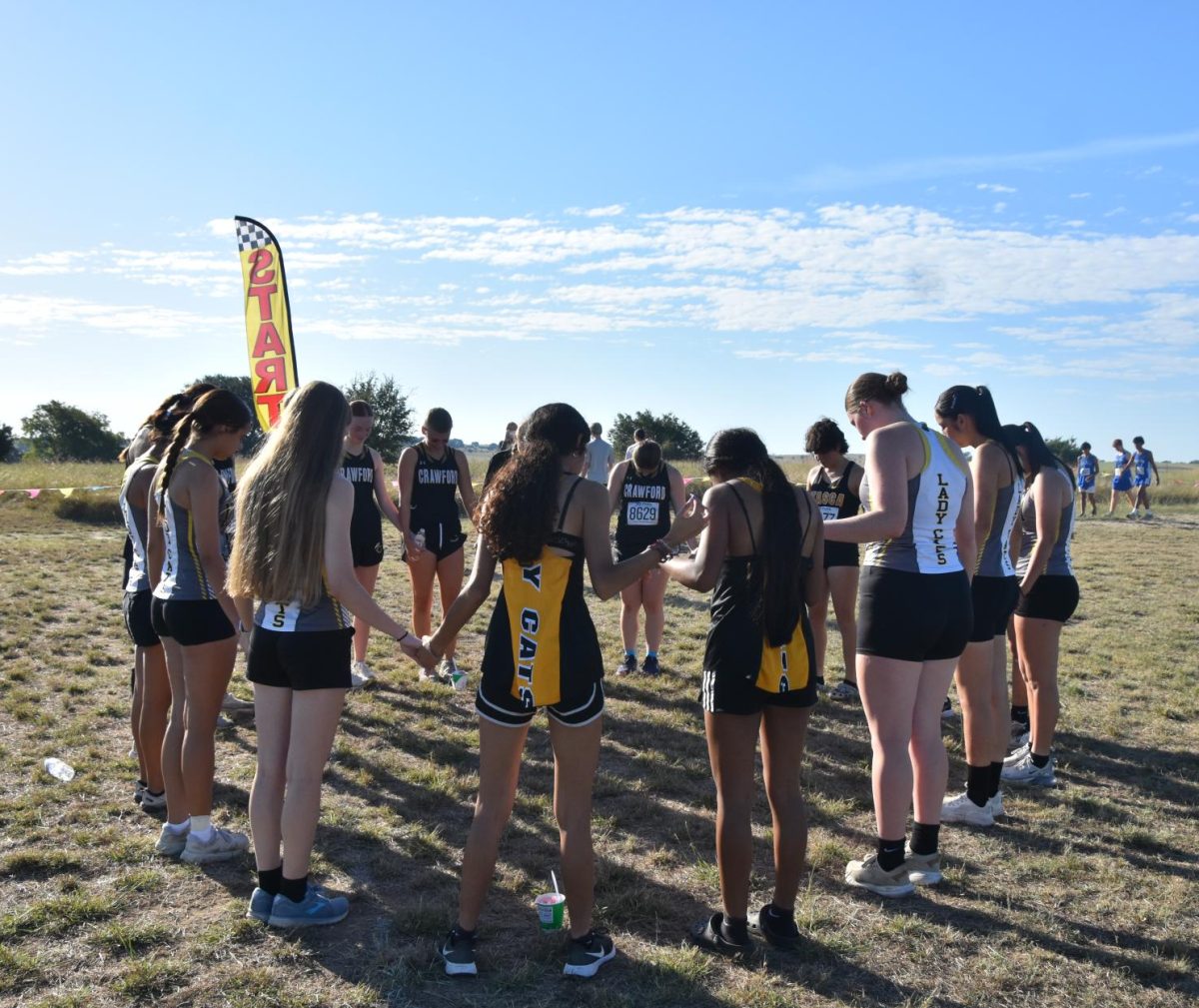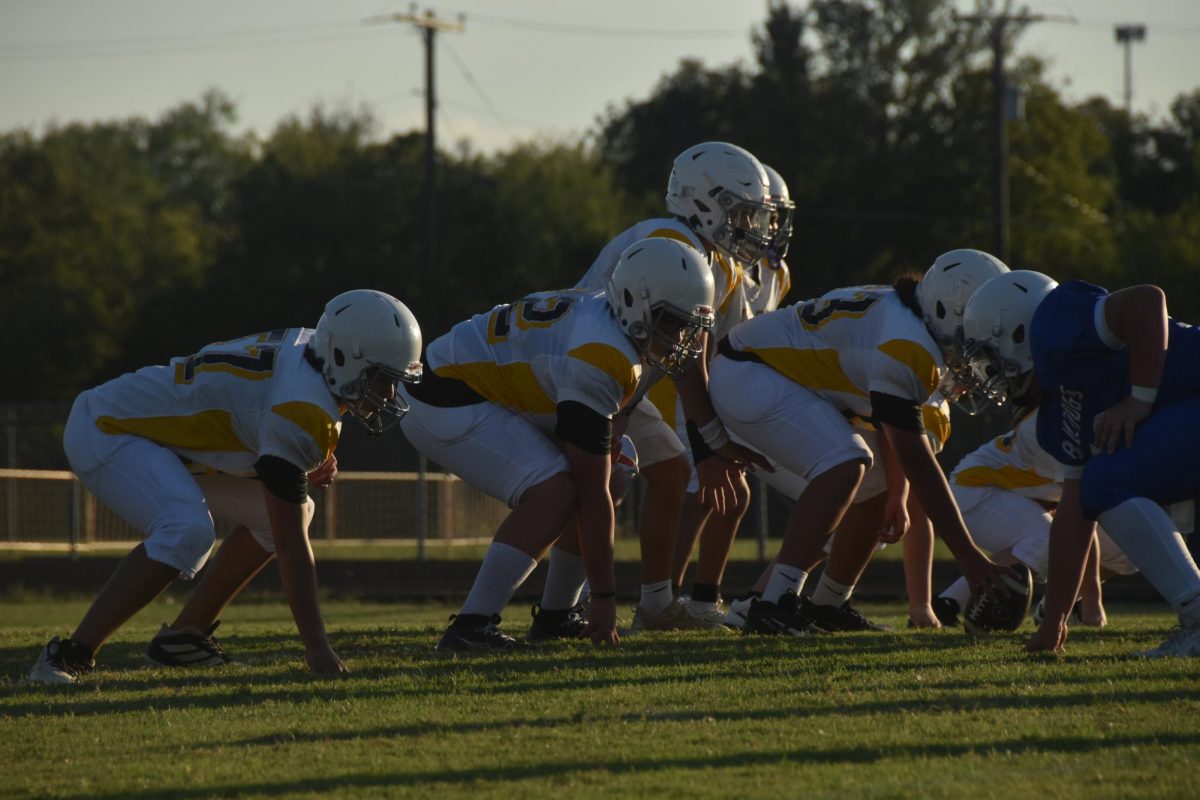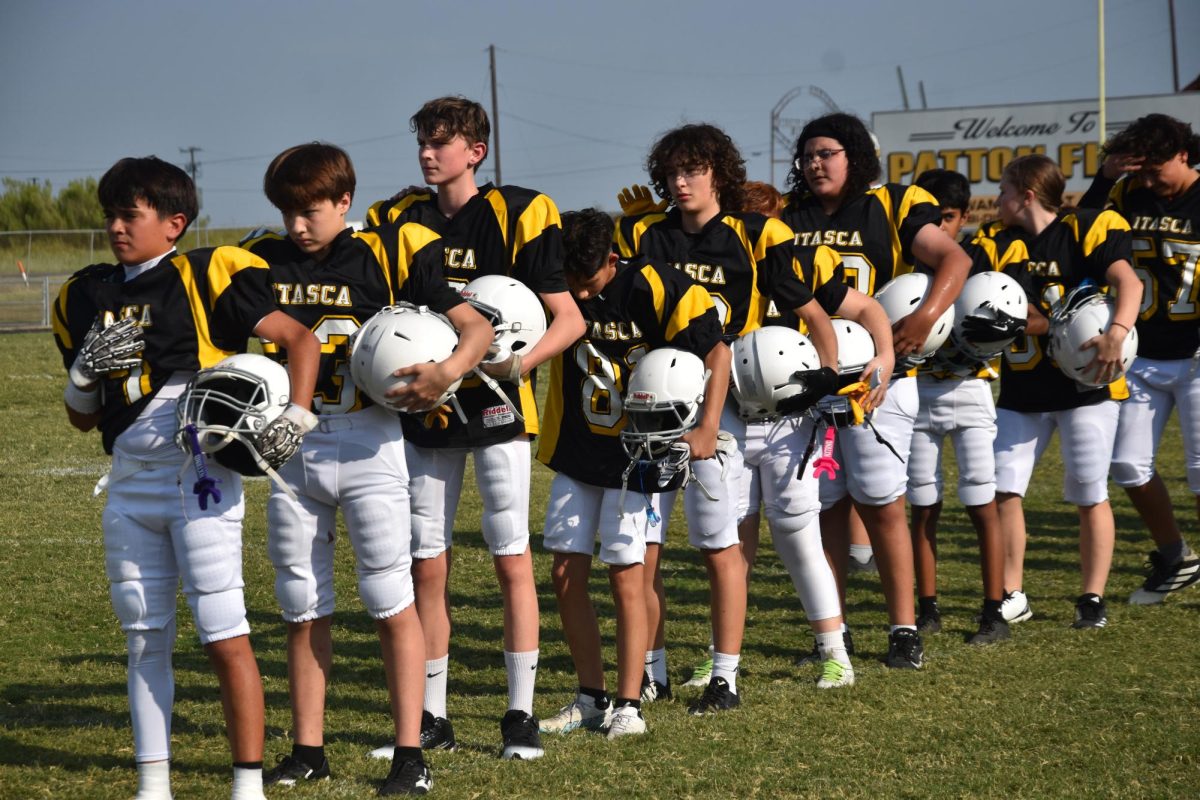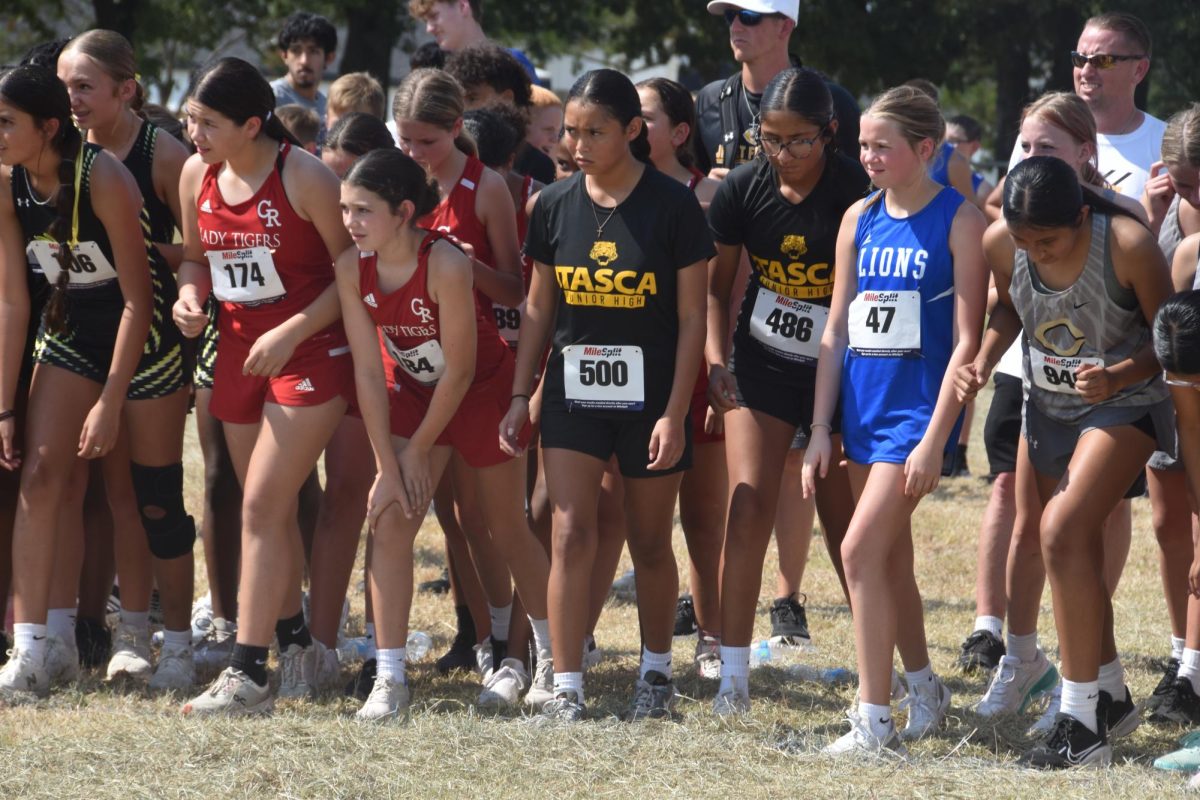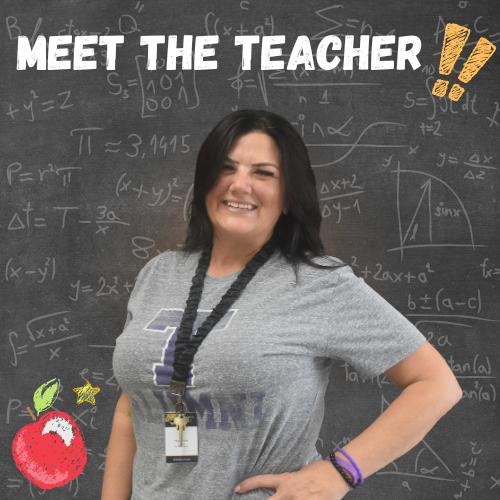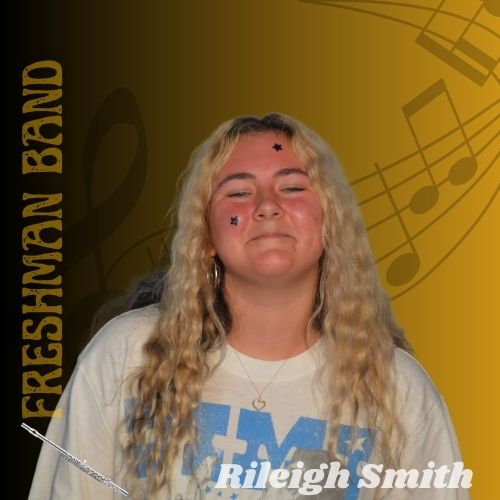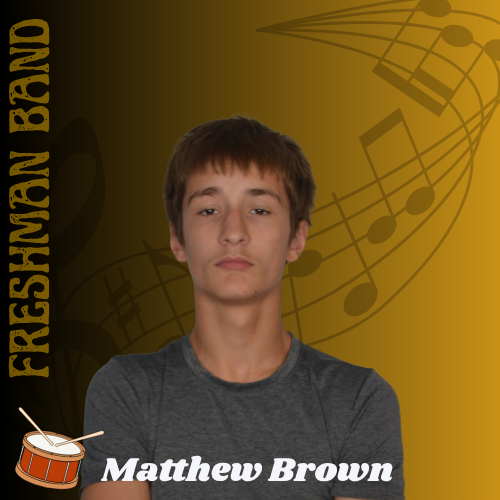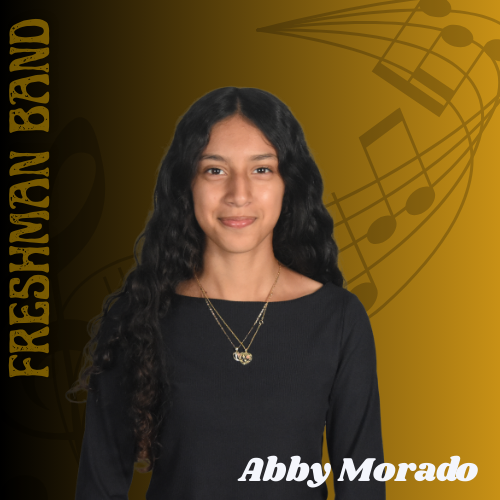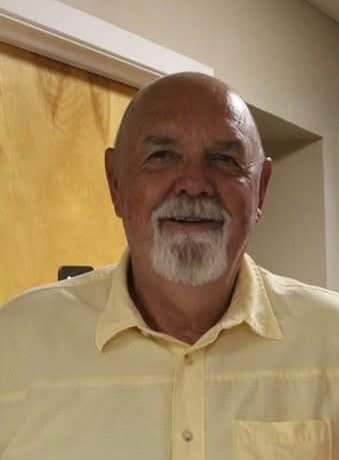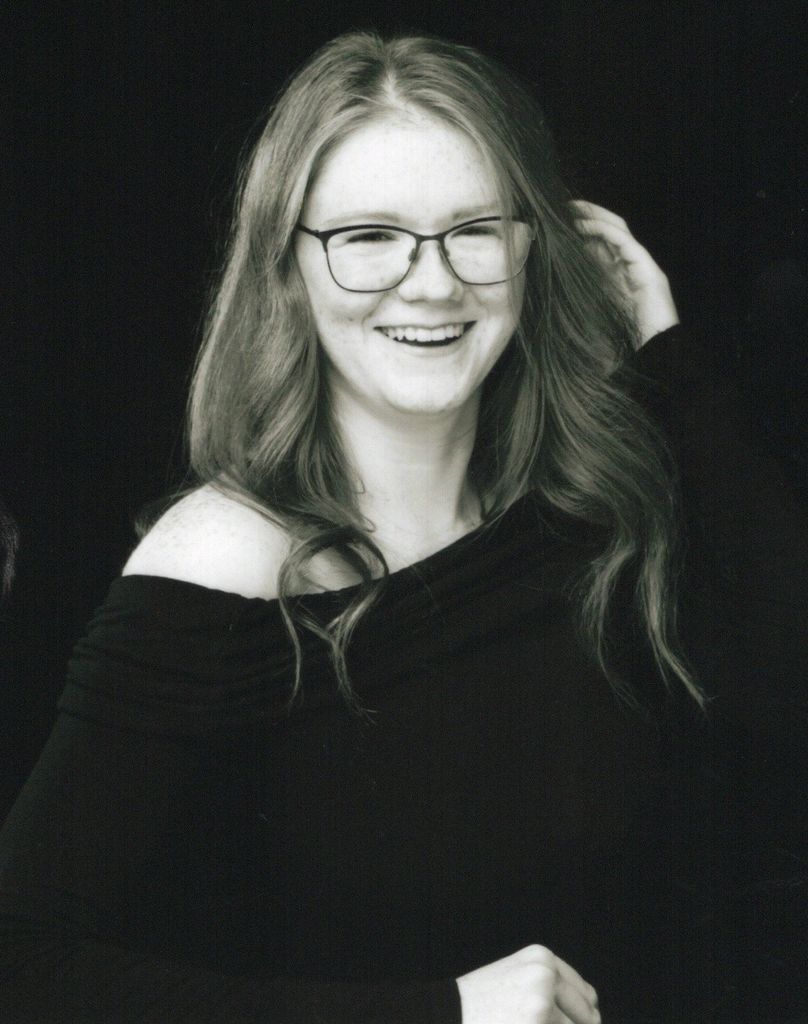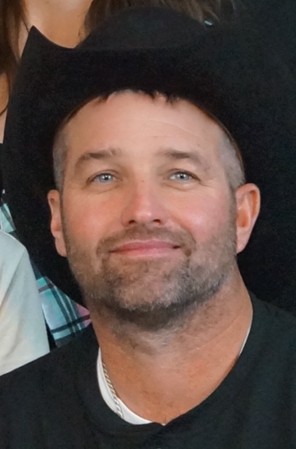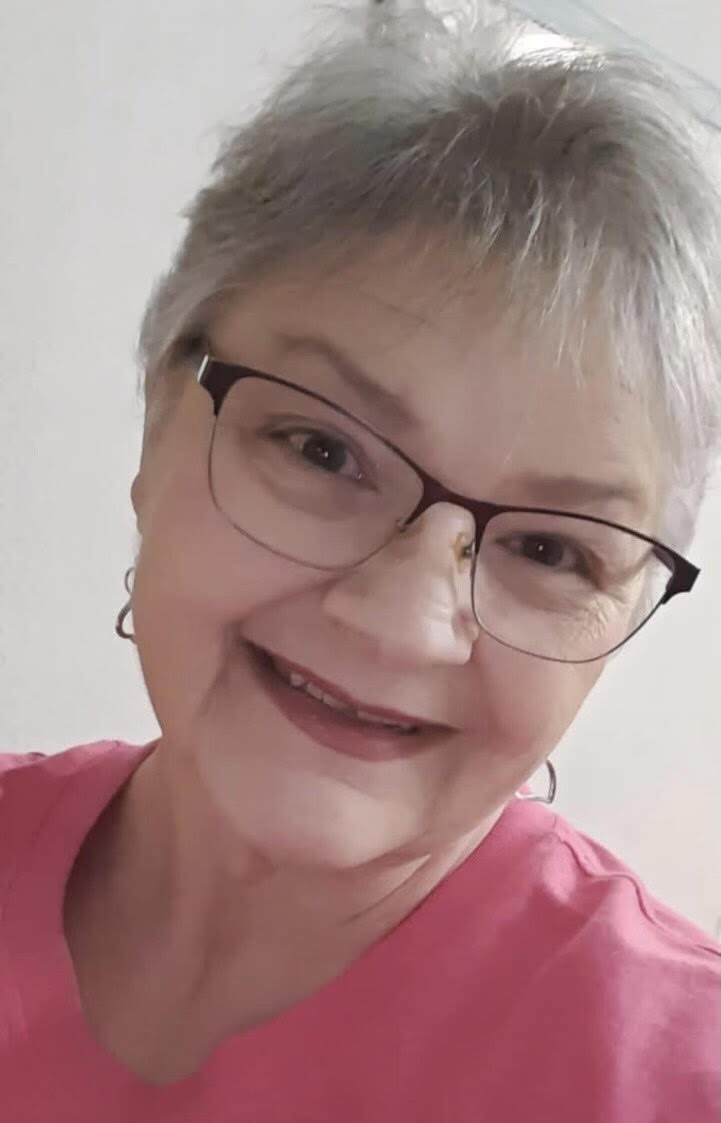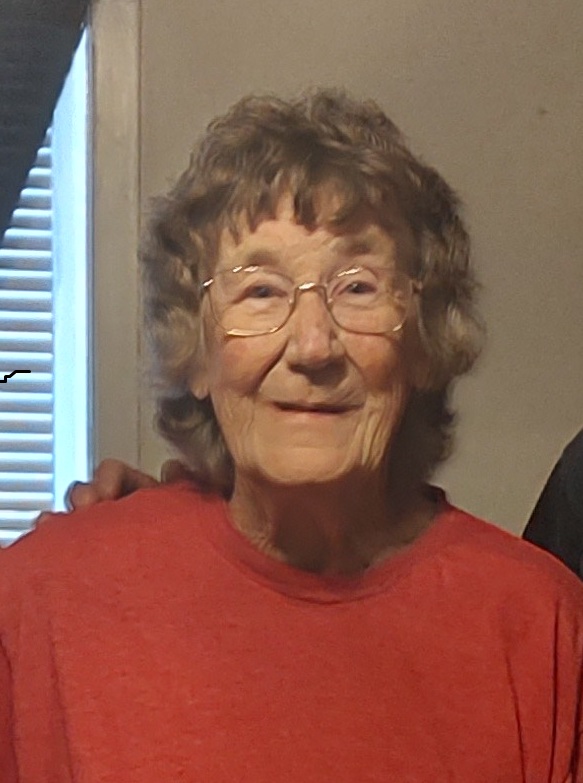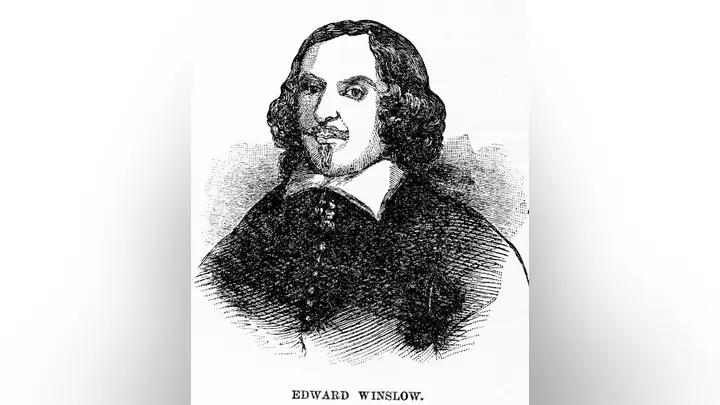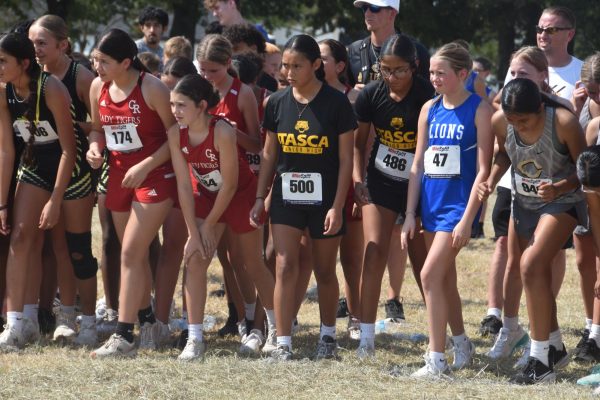Meet the Pilgrim that documented the first Thanksgiving!
It is the first and greatest American adventure story.
A small band of Christian devotees, persecuted in their homeland, sought refuge in a forbidden wilderness across the vast ocean aboard a leaky ship in the autumn of 1620. Against all odds, following near death at sea, amid privation, disease, and frightening loss of life, they planted the seeds of a daring new society. Within a few generations, their descendants brazenly challenged the world monarchial order with the revolutionary statement that “all men are created equal” and fought to establish the first great constitutional republic.
It became a haven for people just like them: the tired, the poor, and the huddled masses yearning to breathe free.
They are the Pilgrims.
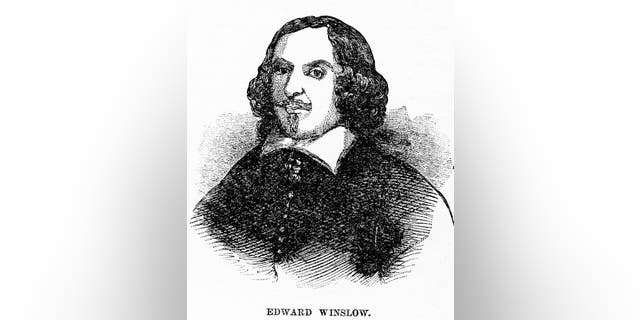
Portrait illustration of Plymouth Colony leader and Pilgrim Edward Winslow (1595-1655), Massachusetts, 17th century. Winslow had sailed on the Mayflower. This portrait, painted in London, is the only contemporary image we have of a Mayflower Pilgrim. (Photo by Interim Archives/Getty Images)
Most everything we know about their first year in what’s now Plymouth, Massachusetts, from a contemporary, boots-on-the-ground, first-person source comes from one man.
His name is Edward Winslow.
Winslow wrote a lengthy letter to a friend back in England that has gone down in history as “Mourt’s Relation.” It is the only account, written as it happened, of the Pilgrims’ first year in Plymouth. It is still in print, and available on Amazon or at your local bookstore.

A depiction of early settlers of the Plymouth Colony sharing a harvest Thanksgiving meal with members of the local Wampanoag tribe at the Plymouth Plantation, Plymouth, Massachusetts, 1621. (Photo by Frederic Lewis/Archive Photos/Getty Images)
“Mourt’s Relation” includes Winslow’s brief, undated description of a three-day celebration in the autumn of 1621, after “our harvest being gotten in,” during which the English settlers and a much larger group of Wampanoag friends feast on fowl and deer.
It is the first Thanksgiving.
Winslow’s account is the only version of the origin story of our national holiday written by Somebody Who Was There.
Winslow made many other contributions to the Pilgrim narrative. He signed the Mayflower Compact, the first self-governing covenant among New World settlers, as the ship floated in Cape Cod Bay on Nov. 11, 1620. He was the first Pilgrim to meet Wampanoag chief Ousamequin, better known in history as Massasoit.
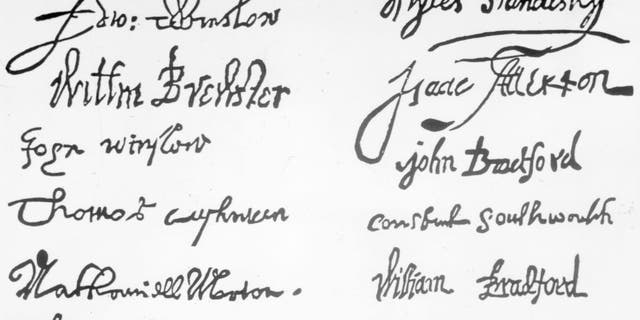
The signatures on the Mayflower Compact of passengers on board the Mayflower in November 1620. The compact was the first governing document of the Plymouth Colony. Included are the signatures of William Brewster, William Bradford, Myles Standish, and, top left, Edward Winslow. (Photo by Three Lions/Hulton Archive/Getty Images)
“Winslow informed Massasoit that his people desired to have peace with him and engage in trading,” James and Patricia Scott Deetz wrote in their 2000 history, “The Times of Their Lives: Life, Love, and Death in Plymouth Colony.” The two men bridged a cross-cultural relationship that benefited both sides for several decades before the outbreak of King Phillip’s War in 1675.
Winslow also gives us our only look at the face of an actual Pilgrim.
He sat for a portrait in London in 1651 after returning to England to serve its government under Protestant Parliamentarian Oliver Cromwell following the English Civil War. All other Pilgrim paintings and portraits were imagined after their time on Earth. “History records no nobler venture for faith and freedom than that of this Pilgrim band,” reads the tomb on a hill overlooking Plymouth Harbor today.
It’s the site where the settlers buried their many dead that first winter in the New World. Winslow gave future generations our eyewitness account of that noble venture.
Edward Winslow was born on Oct. 18, 1595, to Edward Sr. and Magdalene (Oliver) Winslow in Droitwich Spa, a town in western England that traces its history to Roman settlement. 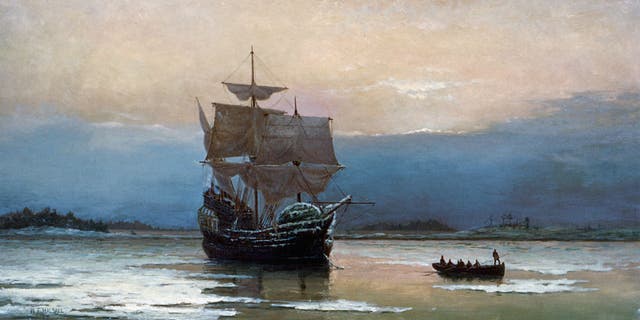
The Mayflower in Plymouth Harbor, Massachusetts, 1620. Painting by William Halsall, 1882. (Photo by Barney Burstein/Corbis/VCG via Getty Images)
He moved to Leiden, Holland, in 1617 to live among the English separatist colony that produced the Pilgrims.
He worked as a printer.
He was just 24 when he departed Plymouth, England aboard the Mayflower with his wife Elizabeth (Barker) and younger brother Gilbert on Sept. 16, 1620. After a harrowing trip across the ocean and a month spent exploring Cape Cod, the Pilgrims anchored in Plymouth Harbor in late December. They began the seemingly impossible work of carving a new society out of the frozen earth. Winter on the New England coast is dark, windy, and unforgiving even today, with the benefit of modern clothing, home heating systems, electricity, and indoor plumbing. Yet the Pilgrims landed in the middle of what’s known as The Little Ice Age — a 500-year period of unusually cold weather.
England and Holland are north of Plymouth, but also far more temperate. The Pilgrims had never experienced anything as cold as a New England winter. Death soon gripped the colony. “They were probably suffering from scurvy and pneumonia caused by a lack of shelter in the cold, wet weather,” writes Plimoth Patuxet Museums.”As many as two or three people died each day during their first two months on land.”Only 52 of 102 people survived the first year in Plymouth. The Mayflower sailed back to England with only half its crew alive in April 1621.

People visit the 1627 Pilgrim Village at Plimoth Plantation where role-players portray Pilgrims seven years after the arrival of the Mayflower. The 17th-century replica village was the site of the first Thanksgiving in 1621. Thanksgiving Day was established as a national holiday by President Abraham Lincoln in 1863; it’s celebrated on the last Thursday of November. (Photo by Joe Raedle/Getty Images)
Elizabeth Winslow was among the first winter victims. She died on March 24 at age 27 or 28. Pilgrim Susanna White lost her husband, William, in February. But a new life, activity, and hope emerged in the spring. Edward and Susanna married on May 12, the first wedding in the Plymouth Colony. They began having children the following year. The Pilgrims in March met English-speaking Wampanoags Samoset and Squanto, who had learned the language from fishing boat captains seeking cod off the New England coast. Through Squanto, Winslow met chief Ousamequin.
The Pilgrims began planting spring crops with the help of the Natives. They enjoyed an abundant harvest that autumn. The relationship appeared to blossom. “We have found the Indians very faithful in their covenant of peace with us,” reports “Mourt’s Relation.” “We often go with them, and they come to us; some of us have been 50 miles by land in the country with them … We entertain them familiarly in our houses, and they as friendly bestowing their venison on us.”
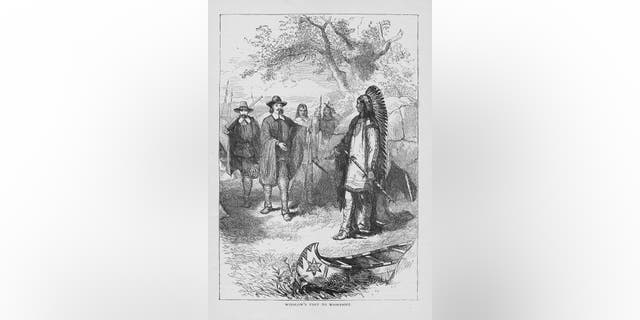
Engraving depicting American colonial leader Edward Winslow visiting Massasoit, leader of the Wampanoag Native Americans, circa 1641. (Photo by Archive Photos/Getty Images)
The Natives were also overcoming shocking tragedy, notes Begley. The plague was unknowingly carried upon the ships of European explorers. The people of the Americas had no immunity. Up to 90% of the Native population of southern New England, according to expert estimates, was wiped out by disease from 1616 to 1619 — an apocalyptic tragedy. The Wampanoags were likely seeking hope and a reason to give thanks for their survival, too, in the autumn of 1621.
The two sides cemented their friendly relations with a grand feast after the autumn harvest. Winslow described the first Thanksgiving in just 115 words of an extended sentence.
Winslow wrote, “Our harvest being gotten in, our governor sent four men on fowling, that so we might after have a special manner rejoice together after we had gathered the fruit of our labors; they four in one day killed as much fowl, as with a little help beside, served the company almost a week, at which time amongst other recreations, we exercised our arms, many of the Indians coming amongst us, and among the rest, their greatest King Massasoit, with some ninety men, whom for three days we entertained and feasted, and they went out and killed five deer, which they brought to the plantation and bestowed on our governor, and upon the captain, and others.”
Winslow, most prophetically, offers the passage that turns the harvest feast into a celebration of Thanksgiving. “And although it is not always so plentiful as it was at this time with us, yet by the goodness of God, we are so far from want that we often wish you partakers of our plenty.” The Pilgrims had gone from the brink of perishing to an abundance “far from want” in one growing season.
It must have felt like a miracle.
“The first Thanksgiving marked the conclusion of a remarkable year,” writes historian Nathaniel Philbrick in his gripping 2006 book, “Mayflower: A Story of Courage, Community and War.”
“By all rights, none of the Pilgrims should have emerged from the first winter alive.”
Edward Winslow lived a life of more adventure after settling in Plymouth and recording its dramatic story for posterity. He died at sea in the Caribbean reportedly of yellow fever, on May 7, 1655. Oliver Cromwell, the victorious Parliamentarian of the English Civil War, reportedly intended to have Winslow serve as governor of the colony in Jamaica.
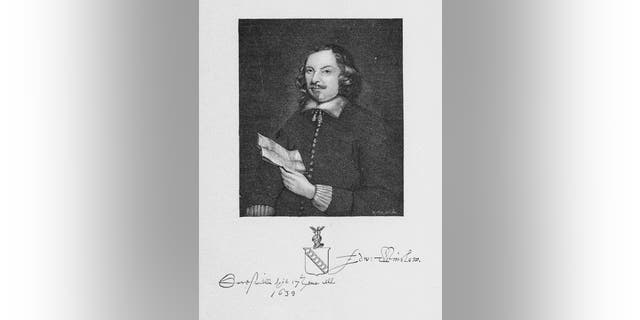
Engraved portrait of separatist author Edward Winslow, with his signature, 1651. (Photo by Archive Photos/Getty Images)
Before his death, Winslow gifted the American people with the miraculous story of the first Thanksgiving.
The survival of the story is itself something of a miracle.
Credits to FOX News for This Article for Thanksgiving!
Your donation will support the student journalists of Itasca High School. Your contribution will allow us to purchase equipment, cover our annual website hosting costs, and provide scholarships to our senior staff members!


